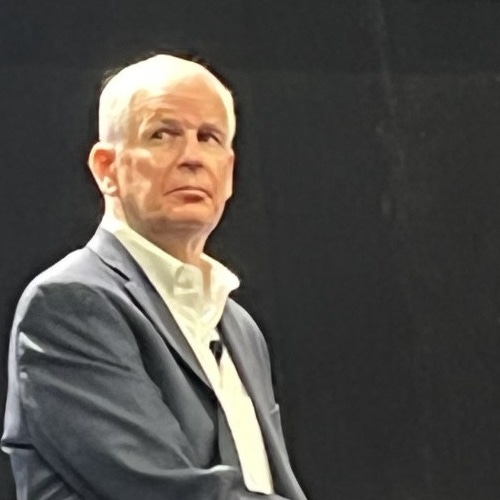Duke University will use Dish's 3.5GHz CBRS spectrum licenses, radios from Airspan and JMA Wireless, and private networking services from Cisco, in its six-site 5G network deployment.

Dish Network's plan to build private 5G networks for enterprise customers has been a discussion topic for more than a year. But the company's recent announcement of a pilot network with Duke University in Durham, North Carolina, helps to shine a light on exactly how the company will enter the space.
Specifically, Dish is allowing Duke to use its 3.5GHz CBRS spectrum licenses to build a network covering around 600 acres of territory across the university's West and East campuses. The network will use Airspan and JMA Wireless 5G radios sitting atop a total of six transmission sites. Internet2, a nonprofit focusing on technology for education, is managing the project, and will use Cisco's new Private 5G network-management service.
Duke, with around 16,000 students, operates a campus across a total of 8,600 acres.
"The goal of the pilot is to show that a Dish subscriber can seamlessly roam onto the Duke private CBRS network and then back to the Dish public network (not built yet). In this way, Duke will be able to show that it can deploy a private network for its own internal use and use that network to enhance coverage of the campus for subscribers of a national carrier," Internet2 wrote in response to questions from Light Reading. The company added that it hopes to enact similar projects with other network operators like Verizon, which has already deployed a substantial number of CBRS radios throughout its 4G network.
Dish spent almost $1 billion in 2020 for CBRS spectrum licenses covering much of the US, though Duke's network will use both Dish's licensed holdings as well as the unlicensed portion of the band. (It's also worth noting that Duke may not be the only university interested in building its own CBRS network. For example, the University of Virginia spent $118,200 for six CBRS licenses in 2020.)
Figure 1:  Dish's Charlie Ergen spoke at the NATE trade show in Las Vegas in February 2022.
Dish's Charlie Ergen spoke at the NATE trade show in Las Vegas in February 2022.
(Source: Light Reading)
"Every college and university has experienced dramatic increases in wireless needs from our mobile-first communities. Rather than providing two separate infrastructures throughout our campuses – cellular and Wi-Fi – the holy grail has always been for a single, common network delivering both cellular and high-speed private Wi-Fi," said Tracy Futhey, vice president and chief information officer of Duke University, in a release. "The recent availability of CBRS, together with our collaboration with Internet2, Dish Wireless and Cisco, makes this vision a reality by delivering a private Duke wireless network over the carrier-grade cellular infrastructure that stretches throughout our campus."
Host neutrality
Importantly, Internet2 said Duke's pilot CBRS network will use the 3GPP's MOCN (Multi-Operator Core Network) standard to build a "neutral host" network. Meaning, Duke's users will be able to seamlessly roam onto a Dish CBRS network, and Dish's customers will be covered by Duke's network when they're on the university's campus, via a radio access network (RAN) sharing agreement between the two.
While the setup seems relatively straightforward, neutral host CBRS networks are actually a rarity in the US mobile market. That's because big network operators like Verizon and AT&T typically retain tight control over where their 5G signals are broadcast. They have been loath to support third-party, neutral-host network operators, like Duke, for fear that those networks won't adhere to their networking specifications.
The situation has given rise to workarounds like those provided by Geoverse, which offered commercial CBRS roaming options in private deployments via its parent company ATN International. However, according to FierceWireless, ATN has essentially given up on Geoverse and has stopped funding the company.
Dish's executives discussed the company's private 5G ambitions at length during Dish's most recent quarterly earnings call, noting Dish plans to work with a variety of vendors, from Amazon to Microsoft to Nokia, to explore the opportunity. They explained that Dish's CBRS spectrum will initially be devoted to private wireless networks, while its 600MHz, AWS and AWS-4 licenses will be used for its initial nationwide 5G network buildout.
And Dish Chairman Charlie Ergen said he believes the private wireless opportunity is significant: "I'd be shocked if ... five years from now, the majority of the Fortune 500 companies didn't have private networks," he said during the call, according to a Seeking Alpha transcript of the event.
Also during the call, Dish's Stephen Bye pointed out that Dish has already embarked on another private wireless network buildout for the US Marines at Camp Pendleton in California with vendor Lockheed Martin.
Related posts:
— Mike Dano, Editorial Director, 5G & Mobile Strategies, Light Reading | @mikeddano
About the Author(s)
You May Also Like











